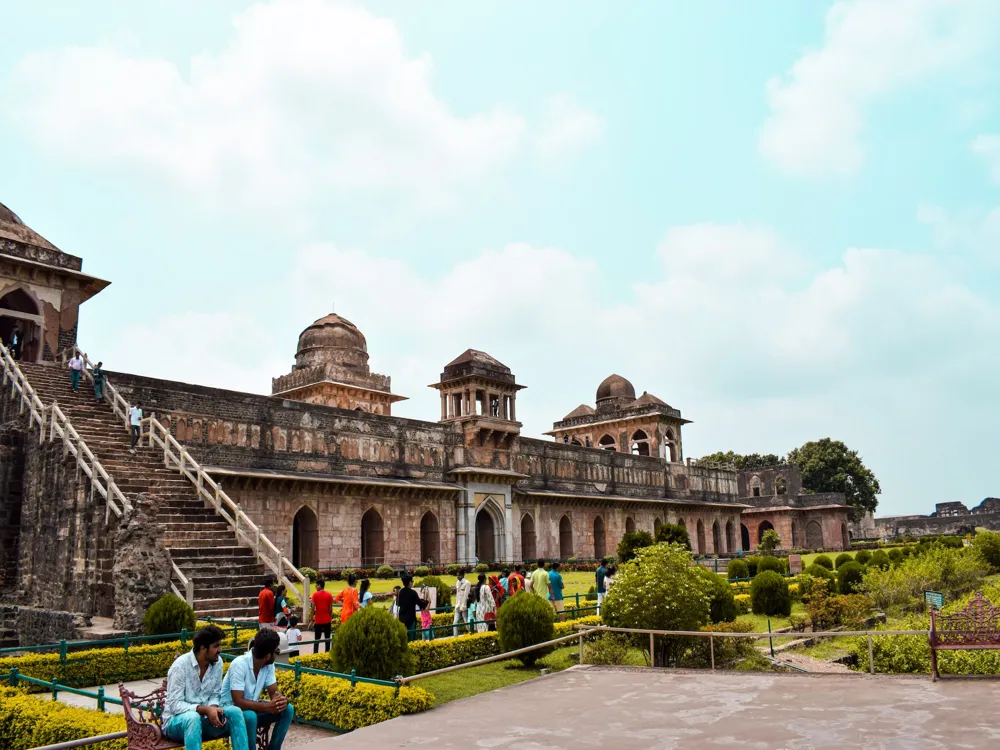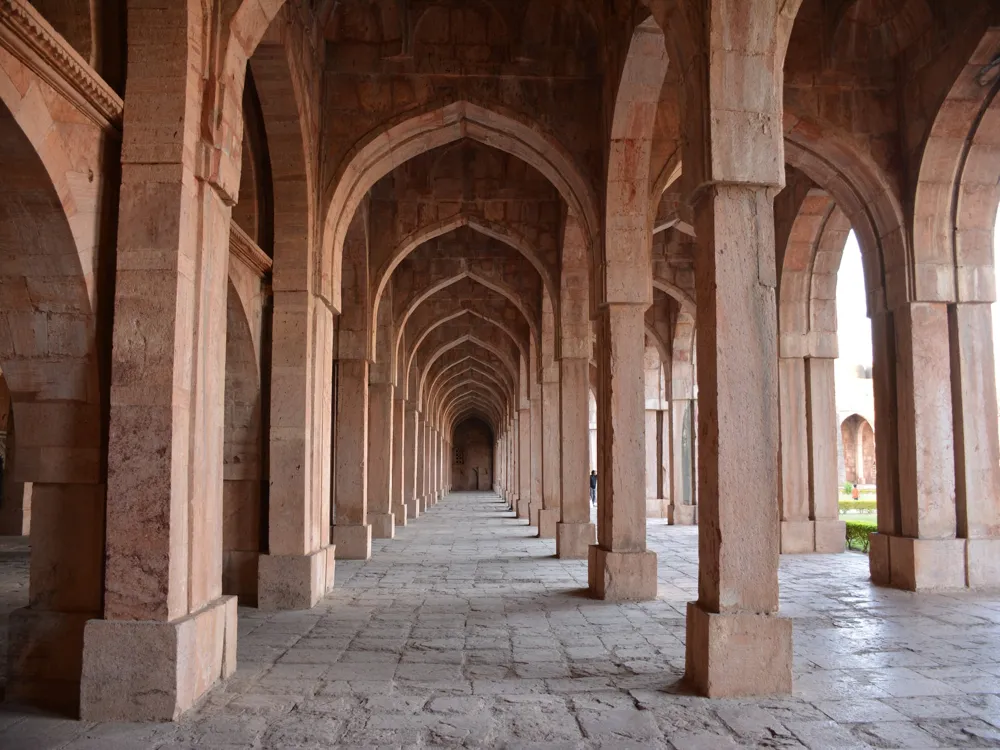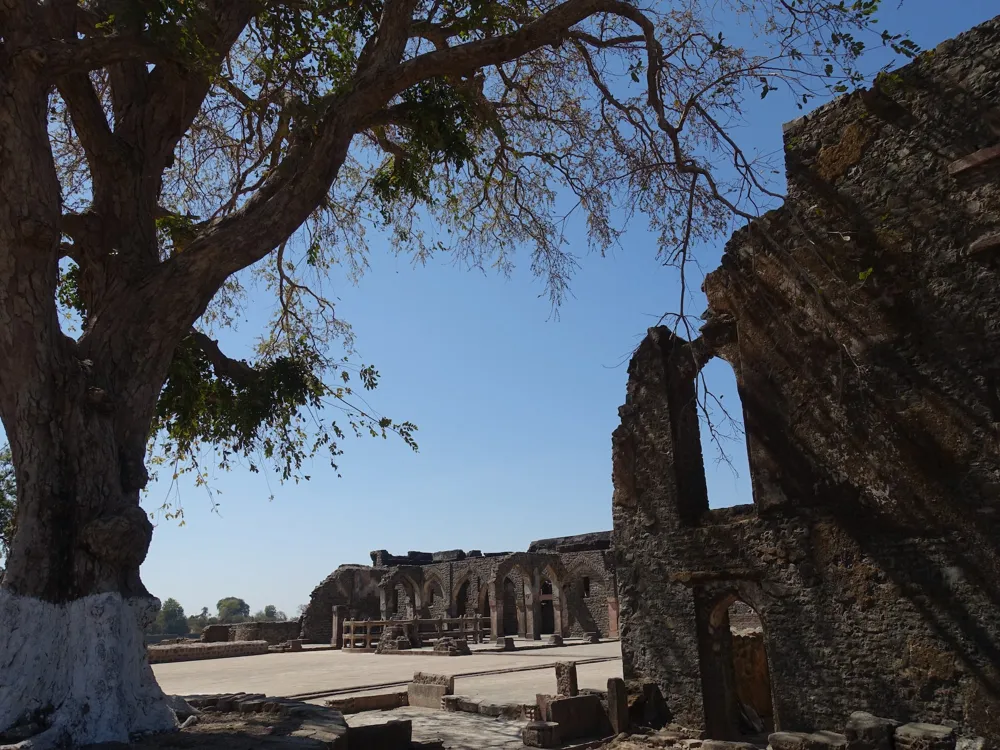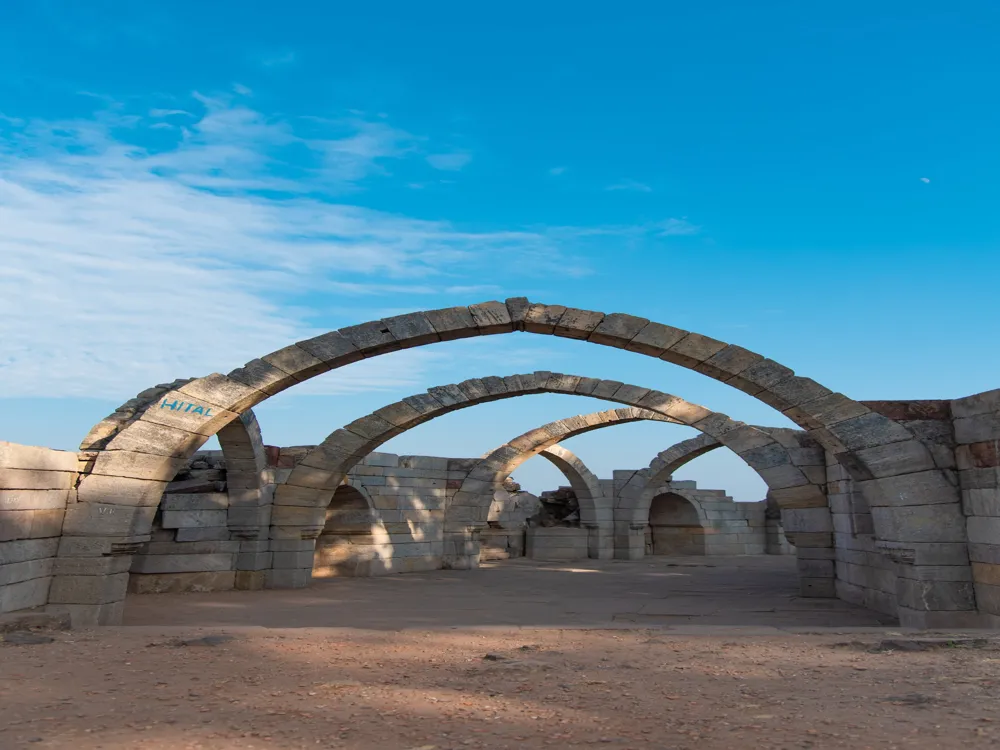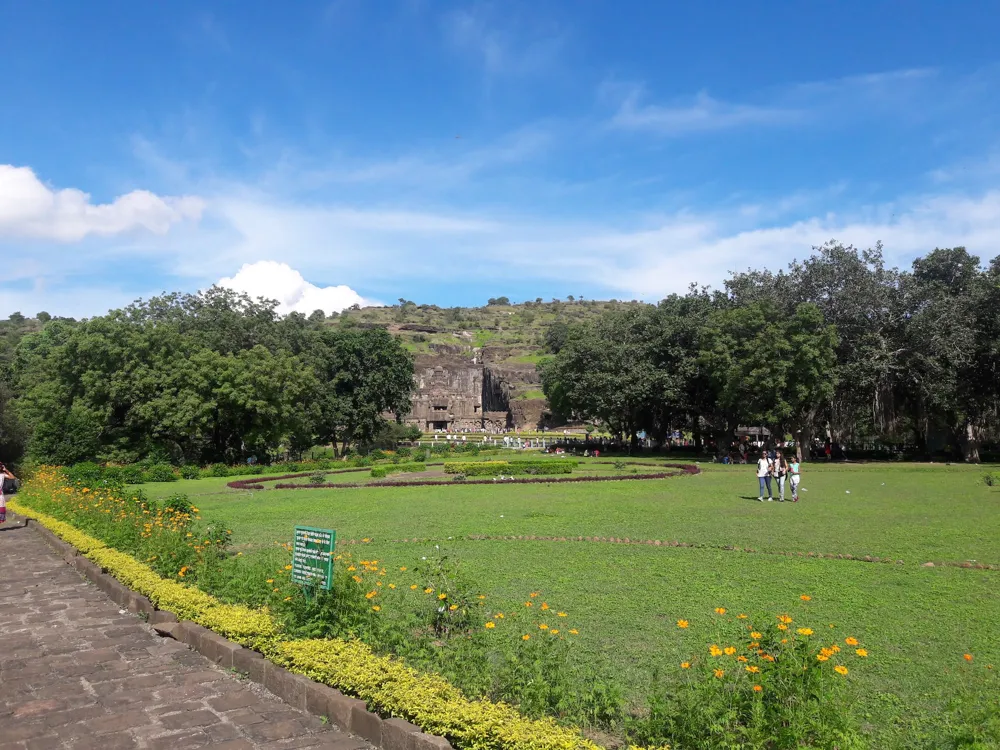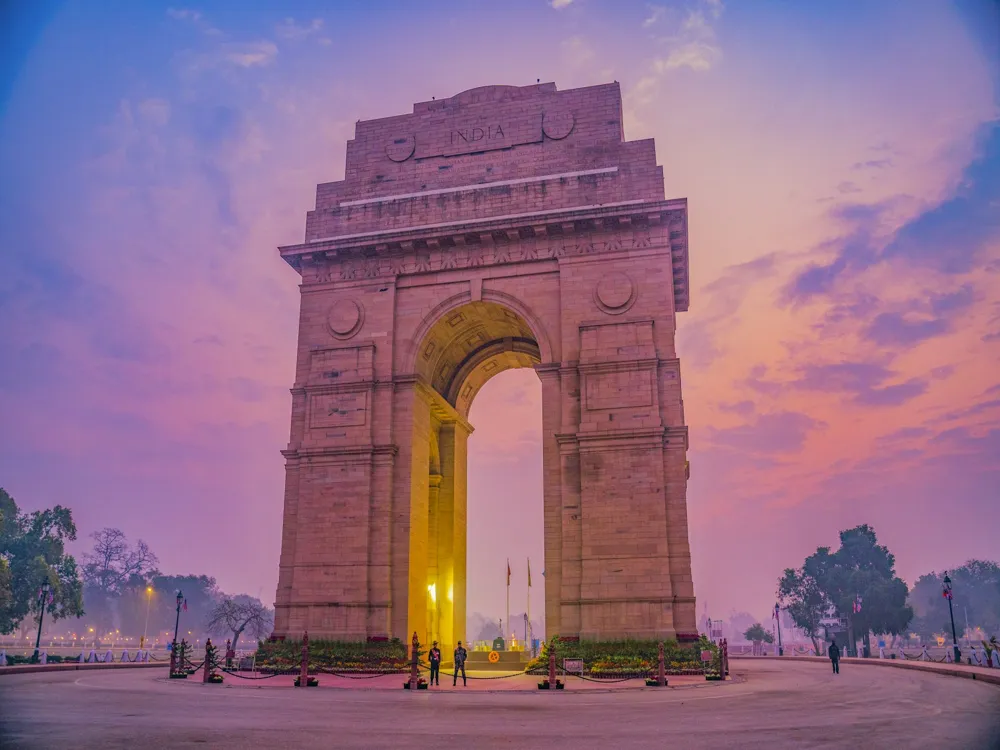Best Time to Visit Mandu
Madhya Pradesh India
15 out of 27 Places to visit in Madhya PradeshNaN onwards View Packages
Get Customized PackagesThe Land of Diversity
Top Hotel Collections

Private Pool

Luxury Hotels

5-Star Hotels

Pet Friendly
What is the Best Time to Visit Mandu?
Mandu, a city steeped in history and culture, offers a myriad of experiences throughout the year. Choosing the best time to visit Mandu is crucial to ensure you make the most of your trip. In this comprehensive guide, we'll delve into the nuances of each season, providing insights that go beyond the ordinary travel tips.
More about Best Time to Travel to Mandu
Travel Peak Season in Mandu
The peak season in Mandu, typically spanning from October to March, is marked by pleasant weather and a festive atmosphere. During this time, the city comes alive with cultural events, making it an ideal period for history enthusiasts and those seeking a vibrant experience. The average temperature ranges between 15 to 30 degrees Celsius, offering comfortable conditions for exploring Mandu's architectural wonders.
Travel Offseason in Mandu
For those who prefer a more serene and budget-friendly experience, the offseason from April to June is worth considering. While the temperatures can soar, ranging from 25 to 40 degrees Celsius, this period allows for a quieter exploration of Mandu's landmarks. Additionally, off-season travel often presents opportunities for more personalized interactions with locals.
Mandu Travel Packages
View All Packages For Mandu
Mandu in Shoulder Season
The shoulder season, encompassing July and August, strikes a balance between the peak and offseasons. During these months, Mandu experiences sporadic rainfall, transforming the landscape into a lush green paradise. The temperatures range from 20 to 35 degrees Celsius, offering a unique blend of favorable weather and a quieter ambiance.
Mandu in Hot Season
The hot season, spanning from April to June, presents a different side of Mandu. While temperatures can be challenging, this period is ideal for those seeking solitude and a deeper connection with the city's history. It's essential to plan activities during the cooler parts of the day, such as early morning or late afternoon, to make the most of your visit.
Mandu in Rainy Season
Embracing the monsoon season from July to September, Mandu undergoes a transformation with intermittent showers. The rain adds a refreshing touch to the city's architectural marvels, creating a romantic ambiance. However, it's crucial to be prepared for occasional downpours and plan indoor activities accordingly.
Mandu in Cool Season
The cool season, spanning from October to March, is undeniably the best time to explore Mandu. With temperatures ranging from 10 to 25 degrees Celsius, this period offers a pleasant climate, making outdoor activities enjoyable. It's during these months that Mandu's historical sites come alive, beckoning travelers to immerse themselves in the rich tapestry of the city's past.
| Best Time To Visit Mandu > Weather, Temperature & Season |
Places To Visit In Mandu
Nearby Places Mandu
Mandu Photos
View All Photos For ManduBrowse Package Collections
Browse Hotel Collections
Faq
Q1: When is the best time to visit Mandu?
A1: The best time to visit Mandu is during the months of October to March. The weather during these months is pleasant and comfortable, making it ideal for exploring the historical sites and enjoying outdoor activities.
Q2: What is the weather like in Mandu during the recommended months?
A2: During October to March, Mandu experiences a mild and pleasant climate. Daytime temperatures range from 15 to 25 degrees Celsius (59 to 77 degrees Fahrenheit), while nights can be cooler. It's advisable to carry light woolens during the evenings.
Q3: Are there any specific events or festivals during this period in Mandu?
A3: Yes, the months of October to March coincide with various cultural and music festivals in Mandu. The Mandu Festival, usually held in October, is a celebration of the region's rich cultural heritage. It's a great time to experience the local traditions.
Q4: Is Mandu crowded during the recommended months?
A4: While there might be some tourists, Mandu is generally less crowded during the recommended months compared to the peak season. This allows visitors to explore the historical monuments and scenic spots at a more relaxed pace.
Q5: Can Mandu be visited during monsoon or summer?
A5: While Mandu can be visited during monsoon (July to September) and summer (April to June), it's not the most favorable time due to high temperatures and occasional heavy rainfall. Monsoon may affect transportation, and summer temperatures can soar, making outdoor exploration less comfortable.

